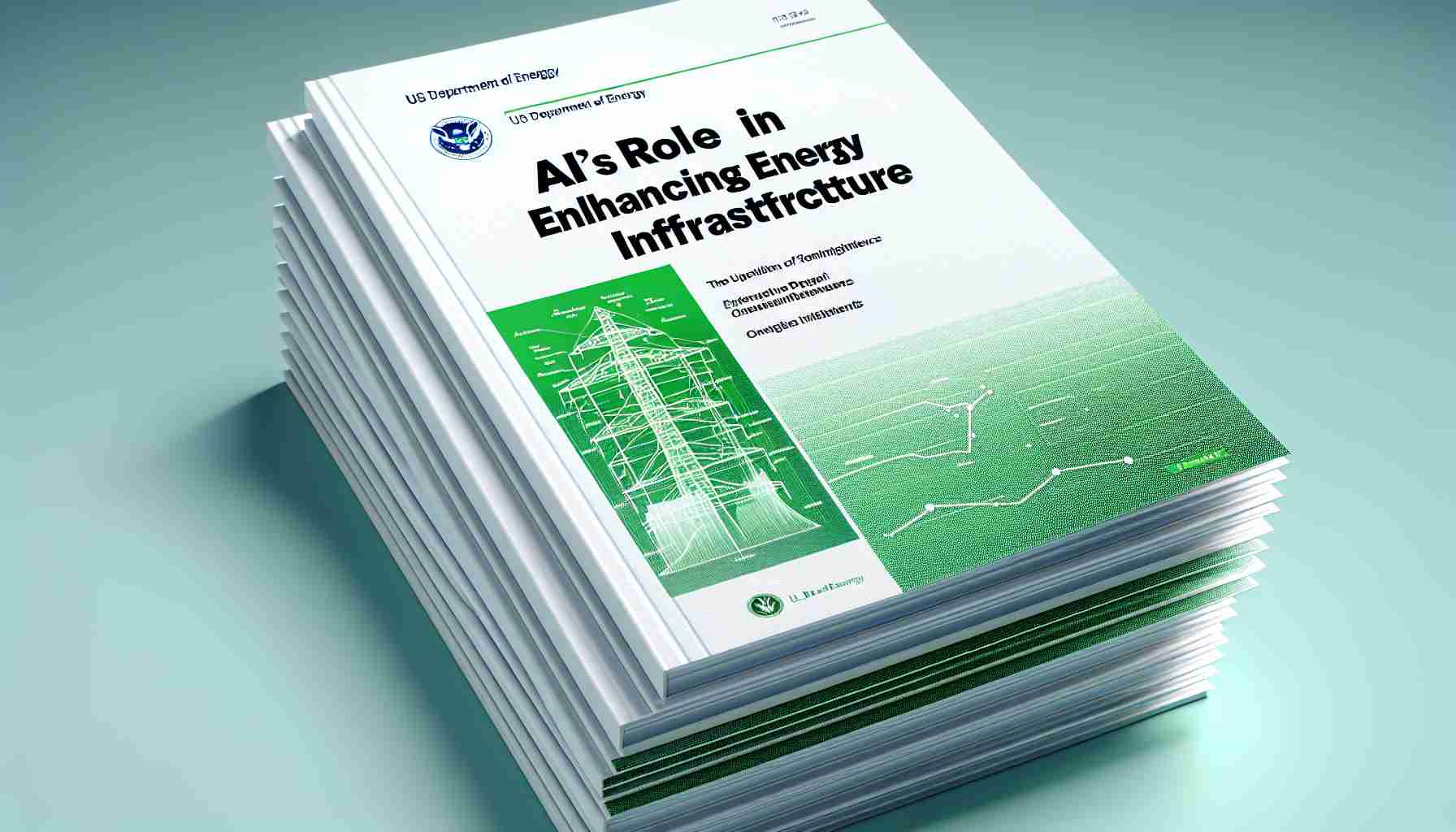Artificial Intelligence (AI) as an Energy Sector Innovator: Last week, the U.S. Department of Energy released two reports detailing how AI could strengthen the nation’s energy infrastructure. The reports suggest that AI can enhance the allocation of power through improved forecasts of demand and stress situations. Additionally, AI could augment renewable energy integrations by providing deeper energy production forecasts and streamlining permit processing with advanced language models.
Presidential Initiative Spurs AI Exploration: These reports are part of a comprehensive effort initiated six months ago, when President Biden signed an executive order on artificial intelligence. This order prompted federal departments and agencies to investigate both the potential and the risks associated with AI technology. The American electrical grid, which is under increasing strain due to factors like unpredictable weather patterns, a push towards vehicle electrification, and expansion of data centers, is expected to benefit from AI’s capabilities.
AI Data Analytics to Enhance Power Management: The comprehensive data analysis provided by AI can offer more precise power distribution measurements. AI use cases are being considered for maintenance forecasting, anomaly detection, weather prediction, and energy pricing to optimize the efficiency of renewable energy sources. The report, “AI for Energy,” indicates that AI applications could dramatically transform the grid’s operating rhythm and scale.
The Risks and Responsibilities of AI in Energy: Despite the upsides, the reports acknowledge risks of naively implemented AI systems that could lead to operational deviations, increased electricity usage by AI tools, and cybersecurity vulnerabilities. The authors of “AI for Energy” mention that by considering the impact of AI deployment across stakeholders and industries, it’s possible to mitigate risks and unintended consequences. The Energy Department commits to the safe, secure, and responsible implementation of AI technologies for a clean energy economy.
Contributions to Artificial Intelligence Research: The Advanced Scientific Computing Research program within the DOE’s Office of Science has been at the forefront of AI since the 1960s. Their work in massive parallel I/O systems and linear algebra procedures has paved the way for modern AI systems. Their developments will continue to shape the hardware and software powering future generations of AI, assisting the department’s other programs that leverage AI to achieve their goals, such as the Fusion Energy Science program. This program deploys AI to facilitate the control of nuclear fusion reactions, moving towards commercializing fusion energy production.
Most Important Questions and Answers:
Q: What potential does AI have in enhancing energy infrastructure according to the US Department of Energy?
A: AI has the potential to enhance energy infrastructure through improved demand forecasts, better integration of renewable energy, optimized power allocation in stress situations, and streamlined permit processes for energy projects.
Q: What are the risks associated with AI in the energy sector?
A: Risks include operational deviations due to improper implementation, increased electricity usage by AI tools, and cybersecurity vulnerabilities that may arise with the integration of AI systems.
Q: How is the DOE contributing to AI research?
A: The Department of Energy’s Advanced Scientific Computing Research program has a history of contributing to AI research through developing technologies essential for modern AI systems. This includes work in parallel I/O systems, linear algebra, and their application in areas like the Fusion Energy Science program.
Key Challenges or Controversies:
– Implementing robust cybersecurity measures to protect AI-integrated energy systems from potential breaches.
– Ensuring AI systems are energy efficient to avoid ironically increasing the energy usage they aim to optimize.
– Balancing AI implementation with job displacement concerns that may arise within the energy sector workforce.
– Establishing fair and ethical AI guidelines to prevent biased decision-making in energy resource allocation.
Advantages:
– Enhanced efficiency in energy distribution by accurately forecasting supply and demand.
– Improved renewable energy integration with smarter grid management systems.
– Assistance in rapid and more accurate processing of energy-related permitting.
– Fostering innovation in energy systems, potentially leading to the commercialization of new forms of energy, such as nuclear fusion.
Disadvantages:
– Possible job displacement due to automation and the need for new skills in the workforce.
– Risks of dependency on complex systems that may be vulnerable to breakdowns or cyber attacks.
– Uncertainties on how AI decisions are made due to opaque algorithms (‘black box’ problem).
Related Links:
– Information on the Department of Energy’s AI initiatives and reports can typically be found at the Department’s official website: U.S. Department of Energy.
– For insights into the executive orders by the President on artificial intelligence and technology, the White House website would be the relevant source: The White House.
– The Office of Science, which houses the Advanced Scientific Computing Research program, also has additional information and resources: DOE Office of Science.

